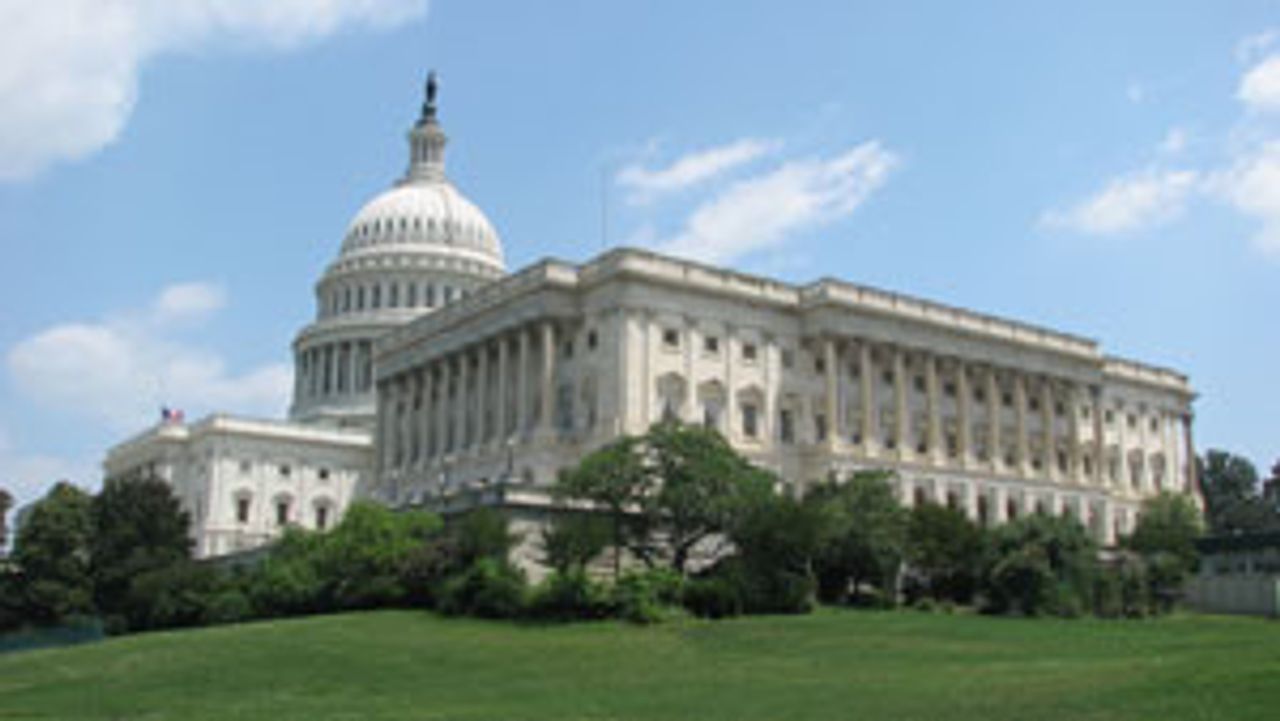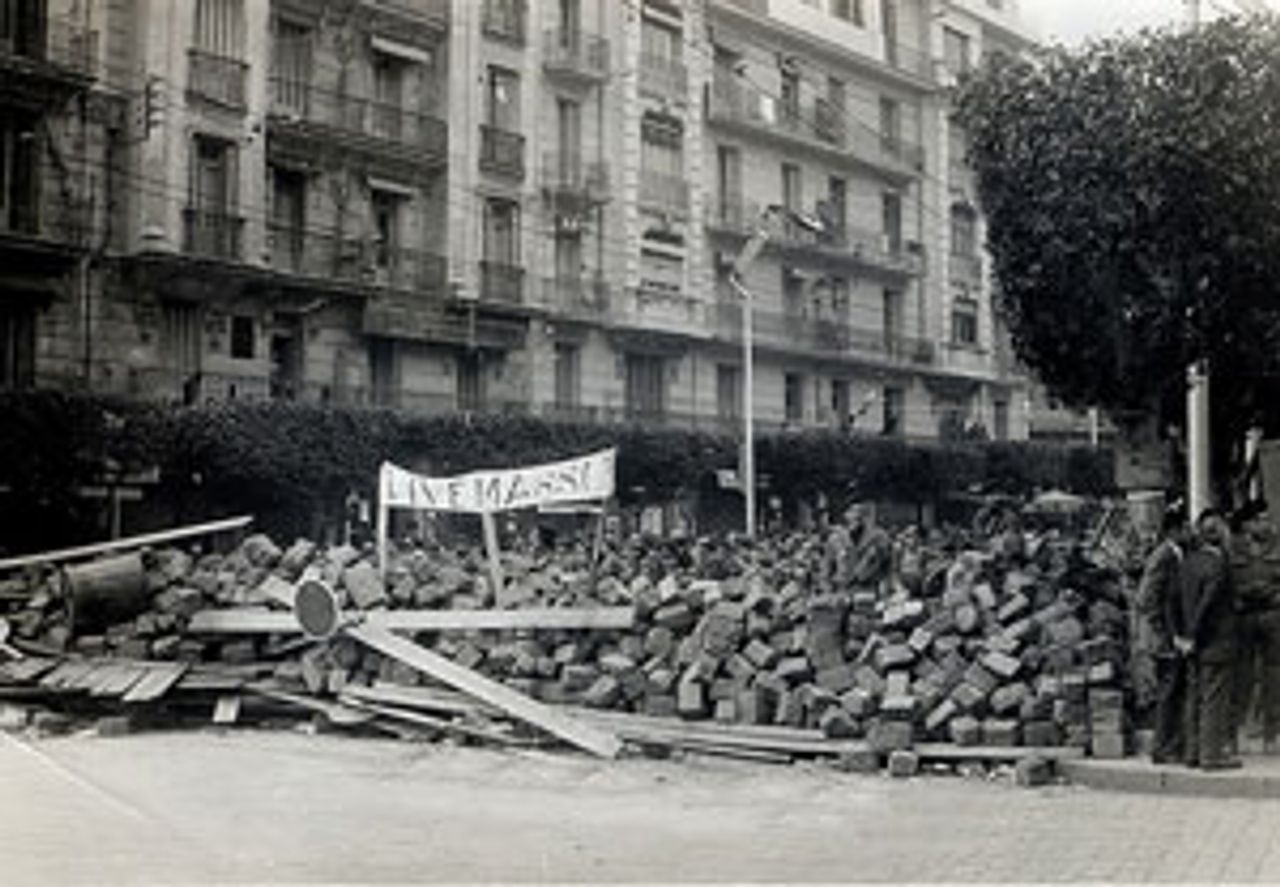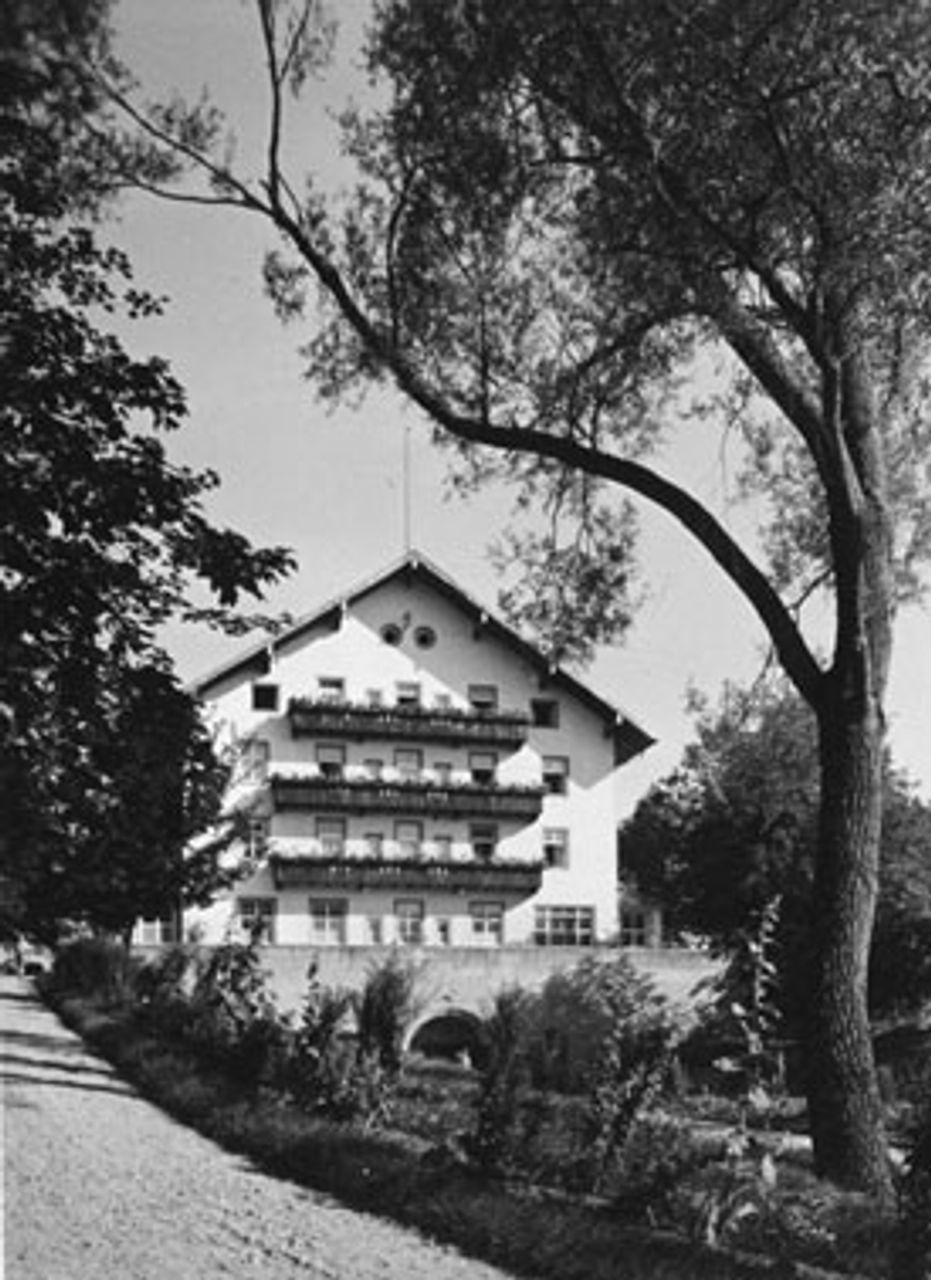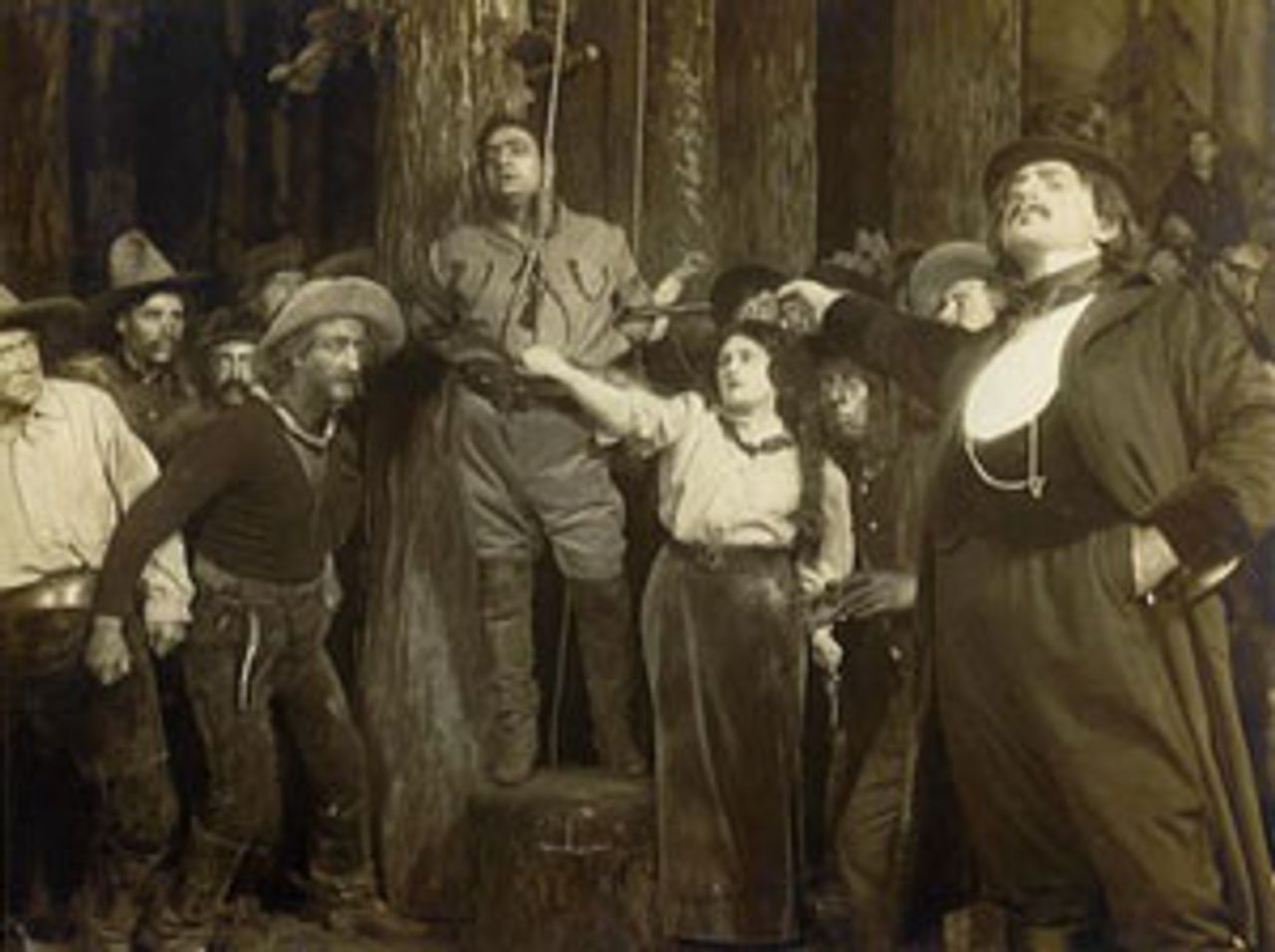This Week in History provides brief synopses of important historical events whose anniversaries fall this week.
25 Years Ago | 50 Years Ago | 75 Years Ago | 100 Years Ago
25 years ago: US Congress, Reagan pledge to balance budget by 1991
 US capitol building
US capitol buildingAfter lengthy negotiations between prominent Democrats and Republicans, on December 12, 1985 President Reagan signed into law a bill that would require the US to balance its budget by 1991. Failure to do so would result in automatic cuts to discretionary spending, equally weighted between social programs and the military. The bill was drafted by both Republicans and Democrats and passed both the Republican-controlled Senate and the Democratic-controlled House by wide margins.
In practice, the cuts were to come entirely from social spending, with the Reagan administration having slated more money to fund its “Star Wars” Strategic Defense Initiative. Office of Management and Budget Director James C. Miller said he would seek $50 billion in discretionary social spending cuts for fiscal year 1987.
The most immediate cause of the budget deficit was the Reagan administration’s tax cuts for the rich, introduced in 1981, and its rapid expansion of military spending, which together doubled the national debt during his first term. More fundamentally, the budget-cutting drive of the 1980s was the ruling class’ response to the growing crisis of US capitalism, which was in full transition from an industrial economy to one based on various forms of financial speculation. This was the height of the mergers and acquisitions wave funded by private equity, venture capital and “junk bonds.”
The US had a budget deficit of $212 billion in 1985, and similar deficits were forecast for 1986 and 1987. The Plaza Accord had just been concluded with Japan, Germany, the United Kingdom and France. The accord aimed to extricate the US from its crisis by cutting the value of the dollar.
The foreign trade deficit hit a new record of $33.1 billion, the government reported on December 11. The US had become a net debtor nation earlier in the year.
50 years ago: Muslims massacred during De Gaulle visit to Algeria
 Street barricades erected by settlers in Algiers,
Street barricades erected by settlers in Algiers,January, 1960
A visit by French President Charles De Gaulle to Algeria this week in 1960 resulted in the killing of some 85 Muslim civilians by French security forces and rightwing settlers. The death toll may actually have been far higher. Strict French censorship made independent analysis of the government estimate impossible.
De Gaulle had gone to promote his plan for a gradual form of self-determination under French tutelage to put an end to the seven-year war of independence. De Gaulle was bitterly opposed by the European colonists in Algeria, about 10 percent of the population, who sought French protection for their privileged position, and by much of the Arab population, which sought immediate and full independence.
The settlers played the most provocative role during De Gaulle’s visit, staging shopkeepers’ strikes and protests as a means of inciting the Algerians. This resulted in major clashes in a number of cities, with the bloodiest taking place in Algiers.
In some instances settlers lynched Arabs, but most of the death toll came from indiscriminate firing by French security forces into protests and populated areas. Most of the deaths occurred in Algiers, but several people were also killed in Oran.
The alliance of the rightwing settler groups with the military had resulted in the toppling of the Fourth Republic in 1958 after the army mutinied in Algeria, and had very nearly resulted in a coup against De Gaulle, himself a former general, earlier in 1960.
75 years ago: New Nazi law promotes “Aryan” babies
 Lebensborn house
Lebensborn houseNazi Germany’s Lebensborn project was established by SS leader Heinrich Himmler on December 12, 1935 to create racially pure “Aryan” children by providing separate housing for unmarried women who were pregnant or otherwise experienced stigmatized pregnancies.
Under the program, the Nazis established private homes and orphanages where unmarried women and those impregnated by SS officers and German soldiers could give birth. In keeping with Nazi racial and eugenic aims, the Lebensborn project accepted only women who were able to prove themselves third generation “pure” Aryan. The prospective mothers signed contracts with the German state to give their children up after birth for adoption by the families of the SS or other racially selected German families.
The Lebensborn program would extend beyond Germany, with the invasion of surrounding territories by the Wehrmacht after 1939. Ten Lebensborn homes were established in Germany, two in Austria and a further ten in Norway with the cooperation of the Norwegian government. The program involved the SS’s kidnapping of tens of thousands of Polish and northeastern European children during the war years.
The project followed the September 1935 promulgation of the Nuremberg Laws, which criminalized marriages or relationships between Germans deemed by Nazi ideology to be racially pure and Jewish Germans.
100 years ago: Premiere of Puccini’s Fanciulla del West in New York
 A scene from the premiere of La Fanciulla del West
A scene from the premiere of La Fanciulla del WestGiacomo Puccini’s La Fanciulla del West (titled in English “The Girl of the Golden West”) premiered at New York’s Metropolitan Opera House, the first time a major European opera had opened in the US.
The opera attracted enormous talent. In addition to the personal supervision of Puccini, by then well known through his works Madama Butterfly, La Boheme and Tosca, among others, the performance featured Arturo Toscanini as the conductor, the legendary Enrico Caruso as tenor, Czech soprano Emmy Destinn, and baritone Pasquale Amato.
The opera was an adaptation of a play of the same name by American writer David Belasco, who had also written the stage version of Madame Butterfly that had inspired Puccini, and who was on hand to organize the theatrical presentation. As one press account noted, it would be impossible to ever again produce such an authoritative version of the opera.
Set in a gold mining town in the US West, the opera centers around the love affair of saloon owner Minnie (Destinn) and Dick Johnson (Caruso), who is really none other than the bandit Ramerrez, sought by Sheriff Rance (Amato). The latter has been spurned by Minnie for Johnson.
Such was the excitement surrounding the production in New York that even its rehearsals were packed with spectators. Ticket prices climbed as high as the unheard-of price of $75 per seat. There were 14 curtain calls after the first act, 19 after the second, and still more after the opera’s third and final act.
The reception of the opera was more muted in Europe, with the exception of Germany, where in 1913 it enjoyed a successful premiere at the Deutsche Opernhaus under the musical direction of conductor and composer Ignatz Waghalter.
